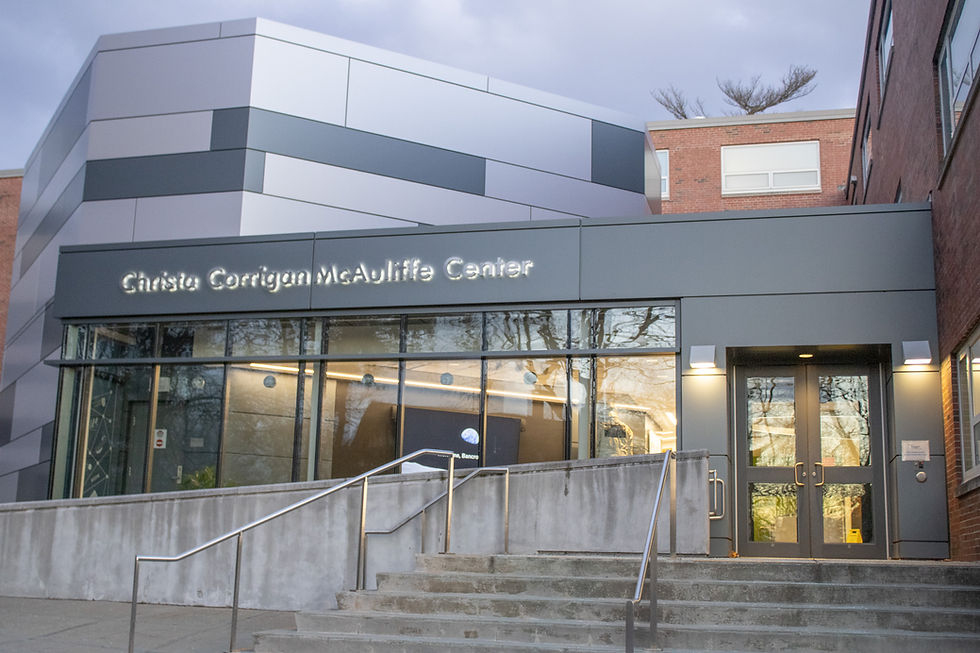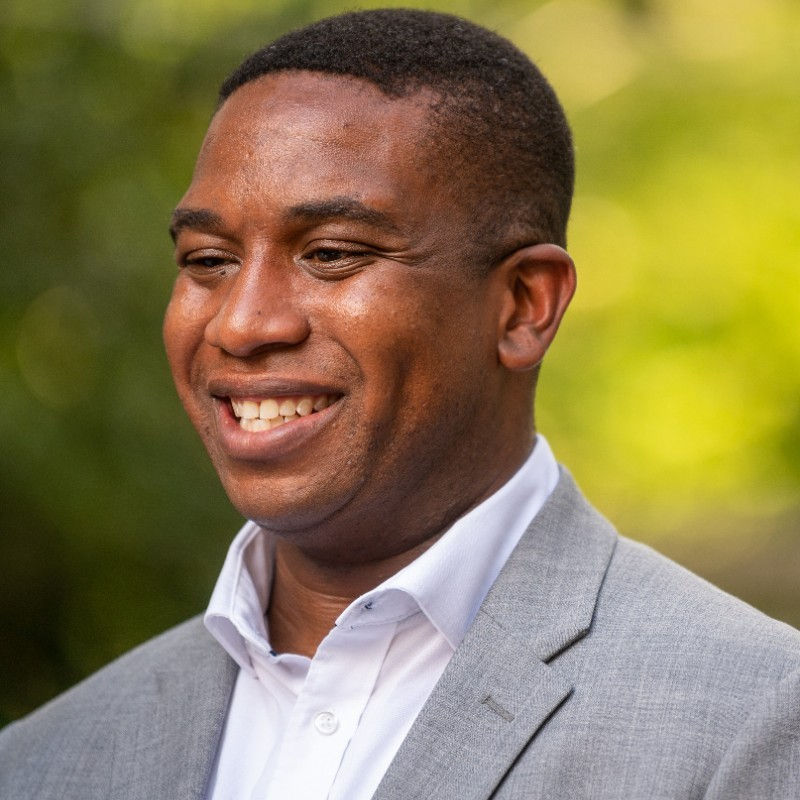Spring art courses to be held at Danforth Art Grand opening planned for April
- Jon Lee
- Dec 7, 2018
- 3 min read
Jon Lee
Ceramics and sculpture courses for the spring semester will be held at Danforth Art, according to Marc Cote, dean of the college of arts and humanities.
The equipment for these courses, kept for many years in the basement of May Hall, will have a new home on the first floor of the Jonathan Maynard Building, located across Route 9 overlooking the Framingham Centre Common.
The total cost of renovations and materials will be “close to” $6 million, said Dale Hamel, executive vice president.
He noted, however, that certain work will occur after the museum itself is “actually completed,” including the installation of exterior lighting for parking lots and a pedestrian-accessible sidewalk that will connect to Grove Street.
To make this possible, the University borrowed $2.5 million and also received approximately $800,000 from the Massachusetts State College Building Authority.
The remaining amount – approximately $2.7 million – came from “various sources of funds,” including the College Operations Budget and “remnant funds” from completed projects, said Hamel.
Rebecca Moffatt, a senior art history major, said, “This is a great opportunity for the art history majors as we now have another, closer, option for an internship.”
The Danforth Art collection will be on the second Bflor, though the museum will only show a portion of its works at any given time. Hamel said the collection is appraised at $7 million.
Cote said, “It’s a smaller space than the old one, and so they are really measuring by centimeters.”
Danforth community art classes will be held on the third floor. These courses are non-credit-bearing and open to Framingham residents of all ages.
Community classes cost $360 and meet once a week for three months, according to the Danforth website. Enrollment is currently open for the winter session, which will begin Jan. 22.
Cote said while the Maynard building has been under renovation, “They have actually been having those classes on our campus in the interim, in May Hall.
“They wanted to keep some sense of continuity with the museum school classes, and they’ve been doing pretty well. They [the classes] are pretty well populated.”
Danforth Art was previously housed in downtown Framingham, but was forced to relocate last year due to a faulty boiler, as reported in an Oct. 2017 Gatepost article.
Classes were cancelled for five months.
The vacated basement of May Hall will become student studios.
Yumi Park, assistant professor of art history, said that right now, “Our senior students do not have their own space where they can work,” despite the fact that May Hall is open 24 hours a day.
The studios will provide a space of which students have ownership, but where professors can also see what they are working on.
“Having more space for the seniors,” she said, “that is going to change everything.”
Ellie Krakow, assistant professor of art and coordinator of the sculpture concentration, said the
woodworking equipment in the new facility is the part she is “most excited about.
“We are going to get a full woodshop, with a table saw, and a miter saw, and a drill press – all sorts of equipment we haven’t had,” she said.
Framingham State’s acquisition of the Danforth will provide practical experience for students interested in museum studies or a career as a curator.
Erika Schneider, professor of art history and museum studies coordinator, said, “Having the Danforth is key to developing and advancing the museum studies minor.”
Schneider said the walk to the new building is only 10 minutes.
She acknowledged that the Facilities and Capital Planning Operations department will need to keep the Route 9 footbridge clear of snow and ice, but added, “The benefits far outweigh rain and snow.”
The RamTram will also add a new stop at the Danforth, according to Cote.
While students and faculty are looking forward to the possibilities, they also foresee potential stumbling blocks.
Kelsey Goossens, a senior studio art major, said, “One downside of the switch is that painting and printmaking will remain in May Hall, dividing the art department.”
She said there are “benefits” to students and teachers working in close proximity and the “physical distance between the studio concentrations could be a drawback.”
Richard Davies, an art education graduate student, agreed. He said, “The only thing I’m concerned about is collaboration.”
He described himself as a “multimedia-type artist” who incorporates “sculpture and other mediums” into his work.
Goossens, who will be graduating this winter just before the new facilities open, said, “It’s certainly frustrating that I will not be able to use them, as I have been working in May Hall with limited resources for the past four years.
“That being said, I am ecstatic that Framingham State is investing in the art department.”





